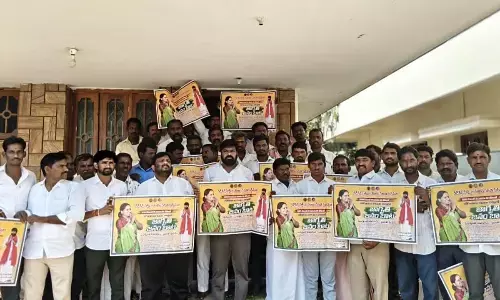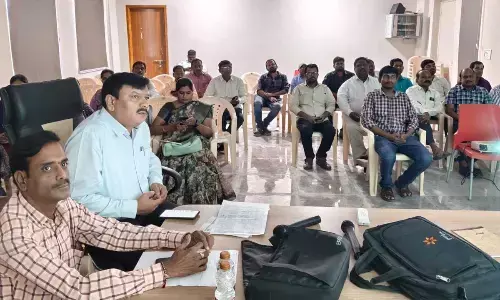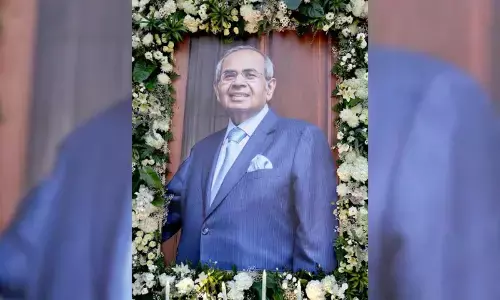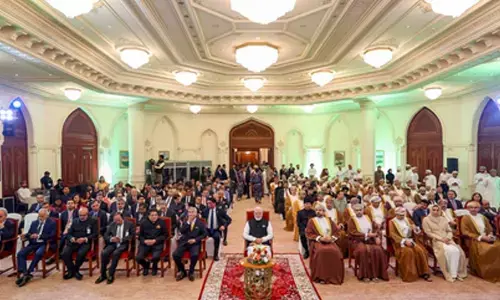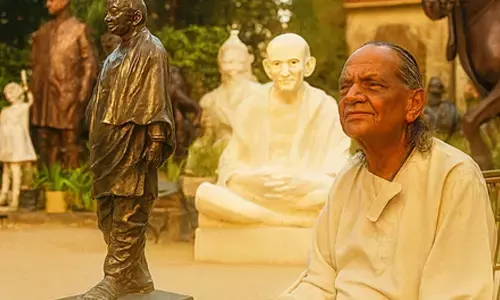Integrating faiths like no other
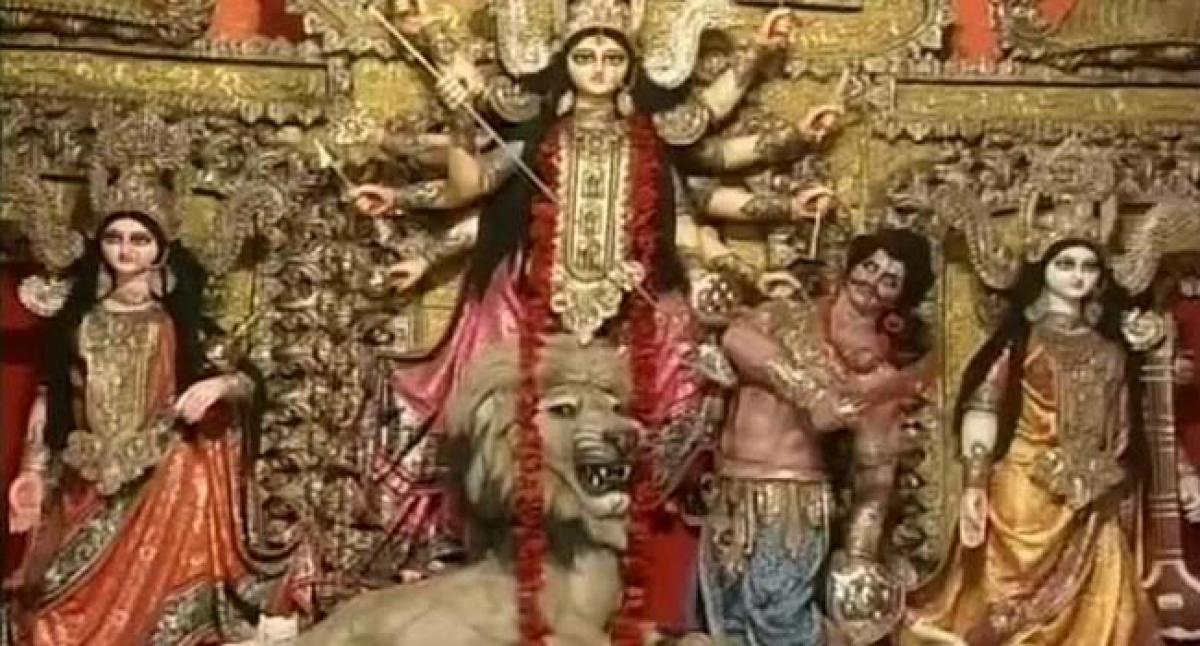
For centuries, their creations have been used in sombre processions to commemorate and reconstruct the narrative of the 7th century Battle of Karbala in Islamic history But now, these artists, mostly Shia Muslims, make Hindu wedding mandaps, replicating the design of the shrine of Prophets grandson Imam Hussain Ali, who was killed in that war
For centuries, their creations have been used in sombre processions to commemorate and reconstruct the narrative of the 7th century Battle of Karbala in Islamic history. But now, these artists, mostly Shia Muslims, make Hindu wedding mandaps, replicating the design of the shrine of Prophet's grandson Imam Hussain Ali, who was killed in that war.
Hundreds of couples in the country have exchanged wedding vows under these mandaps, representing the replicas of the complex, housing one of the oldest mosques in the world and a holy site of Shia Muslims in the Iraqi city of Karbala. These replicas, also called tazia, which otherwise Shia mourners use during their annual Muharram processions, are also used for decorating venues of birthday parties.
The art of tazia making arrived in India from Central Asia and is said to have flourished during Mughal rule. One of these artisans, Mohammad Bilal Azhimuddin, speaking to IANS, said they were in Mumbai recently to design a Hindu marriage mandap at the Hotel Grand Hyatt there.
"Our clients wanted us to design something exquisite, which we did," he said, adding that caste and creed never comes into picture. Many art connoisseurs have also decorated their residences, offices, theme parties and corporate events with tazia-inspired minarets and lamps, he added.
Basically, these artisans make tazias during Muharram processions. As this symbolises sorrow to their community, they never charge any price for it. "It is a service to God," says Mohammad Bilal Azhimuddin, who learnt this craft from his father who was known as Azhimuddin Bhai (brother) in community circles.
Meanwhile, their socio-economic standards have witnessed a sudden rise as they started taking up commercial projects. The fortunes of this tazia community changed when a leading designer of the country, Geetanjali Kaswaliwal, owner of globally reputed Anantaya which is committed to development of ideas using local crafts evolved over centuries, watched a tazia procession for the first time in Jaipur.
Anantaya is known for showcasing Unesco award-winning luxury cutting-edge objects, furniture, textiles and accessories inspired by the culturally-rich artisanal world. It was more like a pure engagement with these artisans who created impressive spheres. Even the tazia artisans enjoyed doing something innovative, said Kaswaliwal.
Later, she brought tazia-inspired designs to her house while celebrating birthday parties of her daughters. Instead of plastic balloons, tazia artisans decorated the venue with handmade craft. The big balloons and lamps were quite authentic which caught the attention of all those present.
Kaswaliwal ensured this art was taken to the next level and asked the artisans to decorate the wedding mandap of her sister's marriage solemnised in New Delhi in 2009.
There is another positive side to the story. The designs crafted by tazia artisans are via paper and bamboo which gives a strong message of sustainability and ecological balance.
By Archana Sharma









